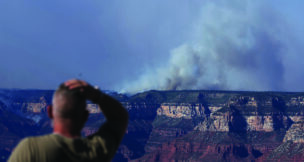Arizona’s State Seal Has Evolved Over 140 Years
Arizona Capitol Reports Staff//April 30, 2004//
I was told on my first day at the Secretary of State’s Office that the state seal was our bailiwick. “We’re the keeper of the seal,” my boss impressed upon...
No tags for this post.













































